- Psilocybin Mushrooms in Mexico in Danger of Extinction - July 9, 2021
- Seeking a True Shaman in the Sierra Mazateca - March 8, 2021
The first time I visited Huautla in the Sierra Mazateca, I was amazed to see the city decorated with paintings of psilocybe mushrooms. I was struck by the fact that, in a country marked by a particularly violent “war on drugs” in this region of the state of Oaxaca, psychoactive mushrooms were claimed as a fundamental element of local culture.
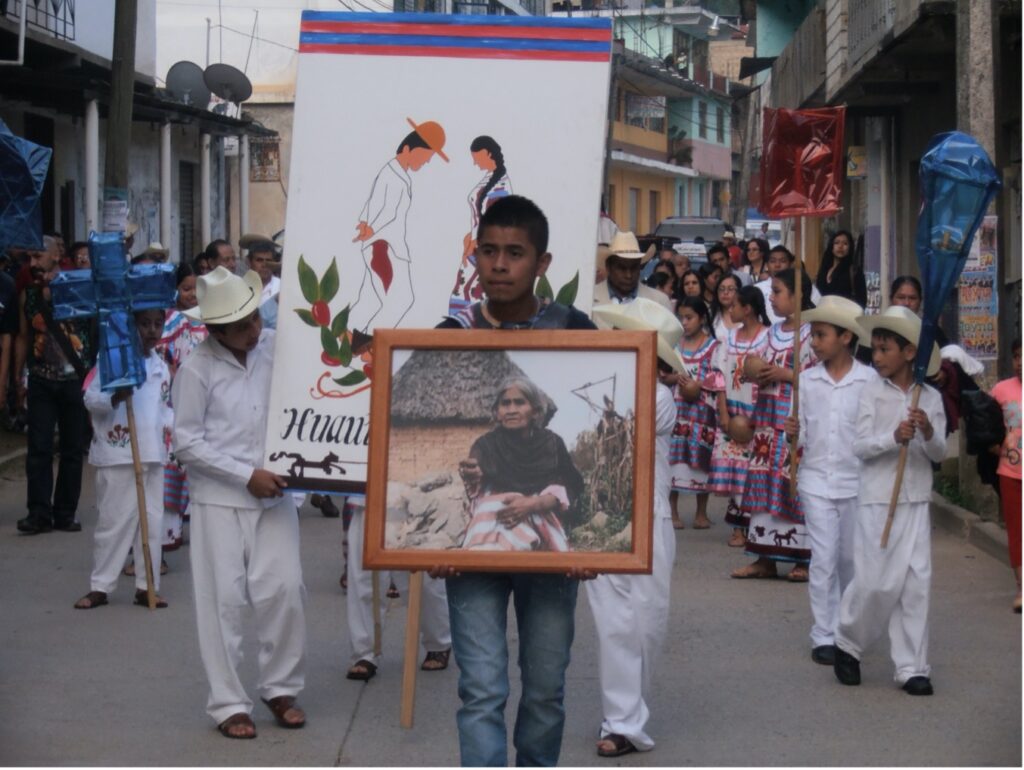
These mushrooms are prohibited by Mexican law, but their use is tolerated when their consumption is carried out in the context of medical and religious ceremonies of Indigenous groups. When I began studying anthropology in Mexico City, I decided to investigate the commodification of an Indigenous mushroom ceremony that is proposed to tourists who visit the city.
Many anthropologists who have done fieldwork in the Sierra Mazateca occasionally receive emails asking for advice on visiting the region. One of the main issues in these messages is the possibility to find a “real” shaman to officiate a “magic mushroom” ceremony. This seems to be a recurring concern (Feinberg, 2017) for people who want to experience mushrooms on a “Mazatec velada,” whether they are tourists or researchers.
In Huautla de Jiménez, the biggest town of the Sierra Mazateca, it is common to hear accusations made against people who benefit from mushrooms without respecting local traditions.
In Huautla de Jiménez, the biggest town of the Sierra Mazateca, it is common to hear accusations made against people who benefit from mushrooms without respecting local traditions. From this perspective, Psilocybes mushrooms are a sacred medicine, a divine gift, and therefore, obtaining profits and misusing them is considered desecration. These denunciations are made by local residents, foreign tourists, or anthropologists concerned about the disappearance of traditional knowledge.

Join us at Sacred Plants in the Americas II
Gordon Wasson’s famous article “Seeking the Magic Mushroom” (Wasson, 1957), published in LIFE in 1957, insists on the atmosphere of secrecy surrounding the ceremony and warns of the presence of tricksters who seek to deceive foreigners: “Of the seven curanderos that by now I have seen take mushrooms, only two … were dedicated votaries. Some of the others were equivocal characters.” In that publication, María Sabina appears as the prototype of an authentic Mazatec shaman: a “curandera of the highest quality,” a “woman without stain.”
In the texts of the banker and ethnomycologist, the criteria that determine the “authenticity” of a velada relate mainly to the following factors: the effect of the mushrooms, the performance of the shaman, and the price of the ritual. Indeed, in his field diaries (see García de Teresa, 2019; Montfort & de Teresa, 2019), we find a record of ceremonies regarded as a failure: in the rite officiated by Emilio González, the mushrooms “had no hallucinatory effect”; he describes Evaristo Venegas as a “drunk of subnormal intelligence”; and he considers the price demanded by the Zapotec curandero Aristeo Matías to be excessive. An account of the ceremony with Aristeo Matías and pictures of him and Emilio González can be found in Wasson & Pavlovna’s (1957) Mushrooms, Russia and History, Volume II.
Gordon Wasson and his wife Valentina Pavlovna (Bartlett & Williams, 2020) believed that the rite dedicated to mushrooms was destined to disappear with the advent of modernity in the Sierra Mazateca. In the LIFE article, the banker changes the names of people and places to avoid the arrival of curious people and to try to preserve the Mazatec ritual free of foreign influence. His efforts would have little success, since his article unleashed a tourist phenomenon related to the consumption of mushrooms in Huautla de Jiménez that persists to this day.
Support the Eagle and the Condor’s Ayahuasca Religious Freedom Initiative
In the 1960s, the tourist company “Off the Beaten Tracks” proposed a “Safari to the exotic interior of southern Mexico” for 15 days at a cost of $295 that included two nights in Huautla and the possibility of consulting the “brujos” who use mushrooms. This tour was led by Mark Gumbiner, presented as an “anthropologist and specialist of Mexico.” According to this company, the presence of a guide trained in anthropology was justified by the reluctance of locals to foreign contact.
The writer Fernando Benítez, in his book “Hallucinating mushrooms” (Benitez, 1964) recounts his first trip to Huautla in 1961. The author was warned by Wasson that the mestizo with a “wide and malicious face” that he hired to celebrate his velada was actually a “brujo.” Benítez then went with María Sabina, but his experience was unpleasant. The author thought at the time: “This ridiculous ceremony is a farce. A trap.” In the book the “bad trip” is attributed to a spell that the sorcerer cast on the writer to make him suffer. The following year, Fernando Benítez was able to enjoy a velada at María Sabina’s house, “in the secrecy and authenticity of the Mazatec world,” in exchange for giving the curandera 400 pesos, bread, and cigarettes.
It is a common assertion to claim that tourism and money transformed—and to some extent, contaminated—the ritual dedicated to mushrooms that has been celebrated for centuries in the Sierra Mazateca. In the biography written by Álvaro Estrada (Estrada, 1979), María Sabina assured: “A wise person like me should never ask money for his services, whoever asks for money is a liar. You should not trade with the little things.” However, when reviewing Gordon Wasson’s field diaries, one of the things that stands out is that he paid María Sabina for each of her ceremonies and bought the mushrooms by the kilo from the people of the Sierra.
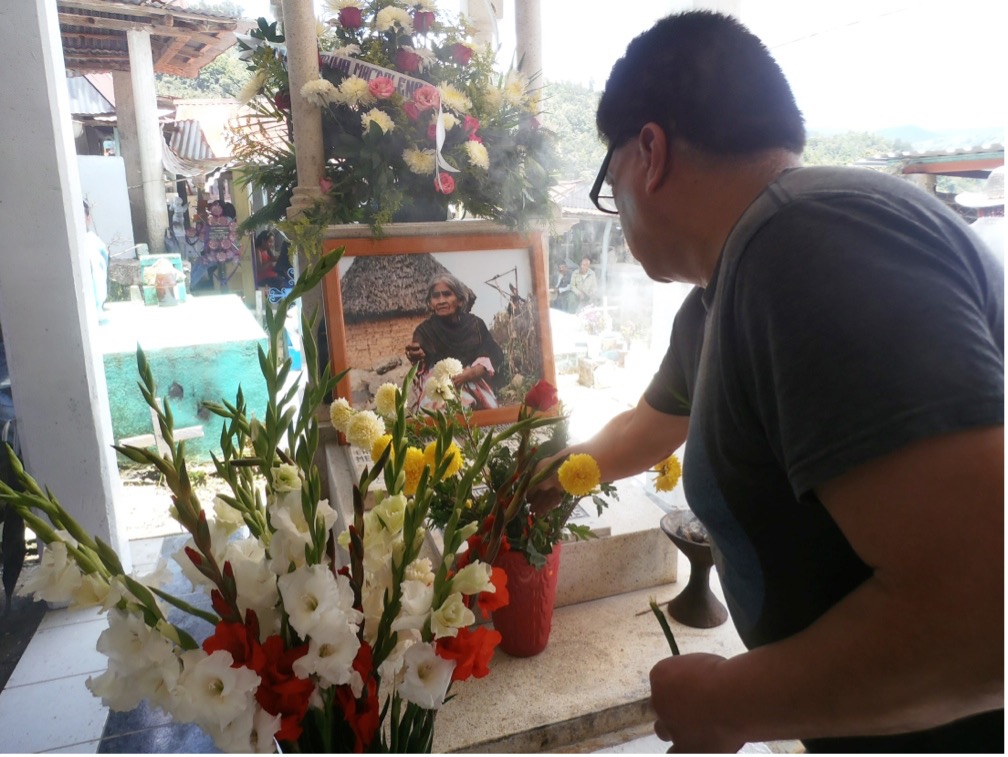
Three years later, in May 1960, Wasson wrote to his friend Irmgard Weitlaner, saying: “Maria Sabina was superb five years ago, but now she performs for any tourist that asks her…
The same year of his article’s publication in LIFE, Gordon Wasson wrote to his host in Huautla, Herlinda Martínez, to make the necessary arrangements for him to attend a new velada guided by the Mazatec curandera. In his letter he insisted: “We do not want a tourist operation, for outsiders.” Three years later, in May 1960, Wasson wrote to his friend Irmgard Weitlaner, saying: “Maria Sabina was superb five years ago, but now she performs for any tourist that asks her…”
The semantic field of authenticity is part of a language used in a fight to define legitimate manners and to restrict access to this activity that, in Huautla, is at the center of great debates and interests.
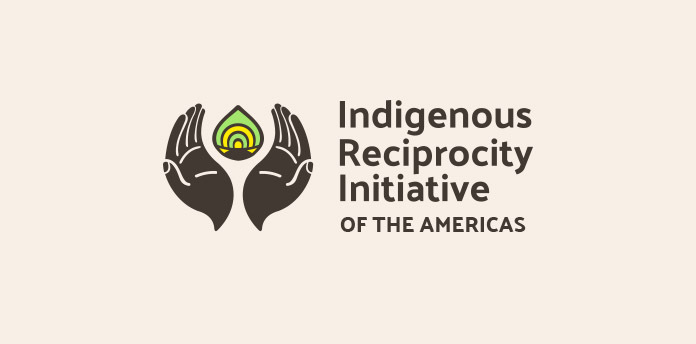
Discover Indigenous Reciprocity Iniciative of the Americas
A “real” velada is basically something impossible to offer, since from the moment it is proposed to “any tourist” it loses its “authenticity.” Beyond this somewhat obvious paradox, I like to think of the “authenticity” of mushroom ceremonies not as an explanatory concept, but as a category of practice. The semantic field of authenticity is part of a language used in a fight to define legitimate manners and to restrict access to this activity that, in Huautla, is at the center of great debates and interests.
The role of anthropologists and journalists in promoting traditional knowledge in the media must be underlined, but also their participation—sometimes involuntary—in the development of tourism in the Mazatec region. Gordon Wasson’s writings had a strong influence by certifying to public opinion the curanderos that he deemed “authentic” and disqualifying those he considered liars. Today, the materials published by journalists, tourists, and anthropologists continue to play an important role in building the reputations of local shamans.
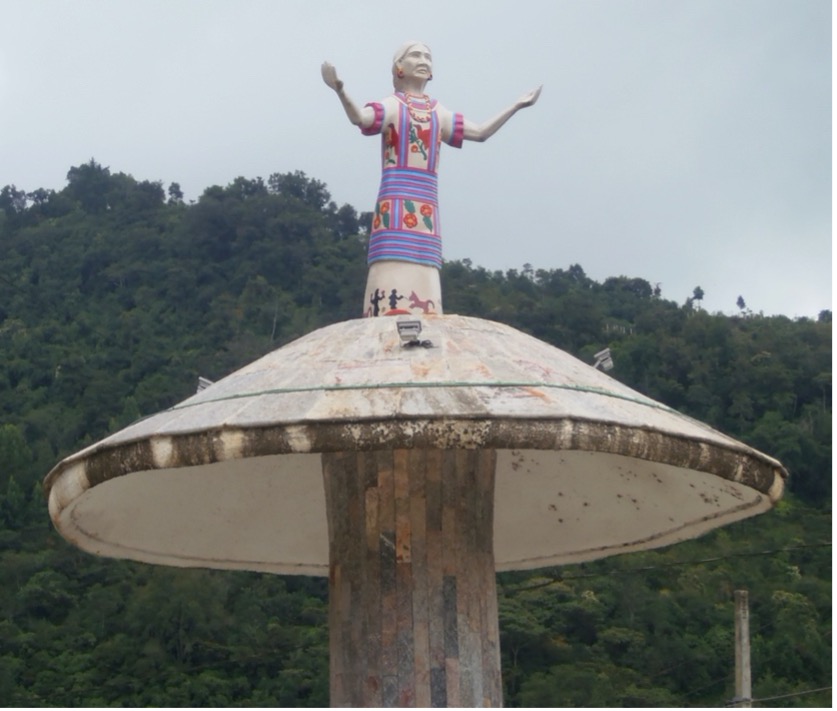
With the prospect of a probable regulation of the use of Psilocybes mushrooms in several states of the US (Roberts, 2021), this story invites us to ponder the power relations that validate, authorize, disqualify, or prohibit certain medical or religious practices. The opening to new uses of these substances must be accompanied by a deliberation on the mechanisms that have silenced, filtered, and subdued some aspects of Indigenous knowledge (Lopez et al., 2020).
In this context, we must ask ourselves what role anthropology should play: Is this discipline capable of evaluating and judging the effectiveness of rituals with psychoactive substances? Or, on the contrary, should we limit ourselves to describing the practices and discourses of the people who use them without prejudging their effects and results?
Sign up to our Newsletter:
The question that strikes me as interesting is not whether a particular shaman is authentic or not, but what are the stakes behind the accusations of quackery.
In my opinion, it is not the task of anthropologists to grant certifications on the veracity of certain practices or the identities of the people who carry them out. The question that strikes me as interesting is not whether a particular shaman is authentic or not, but what are the stakes behind the accusations of quackery. The struggle to define what a “true shaman” is expresses moral problems around the uses that can be made of these mushrooms. This conflict focuses on the discussion about the proper ways to consume Psilocybes, as well as on the right to make profit from them.
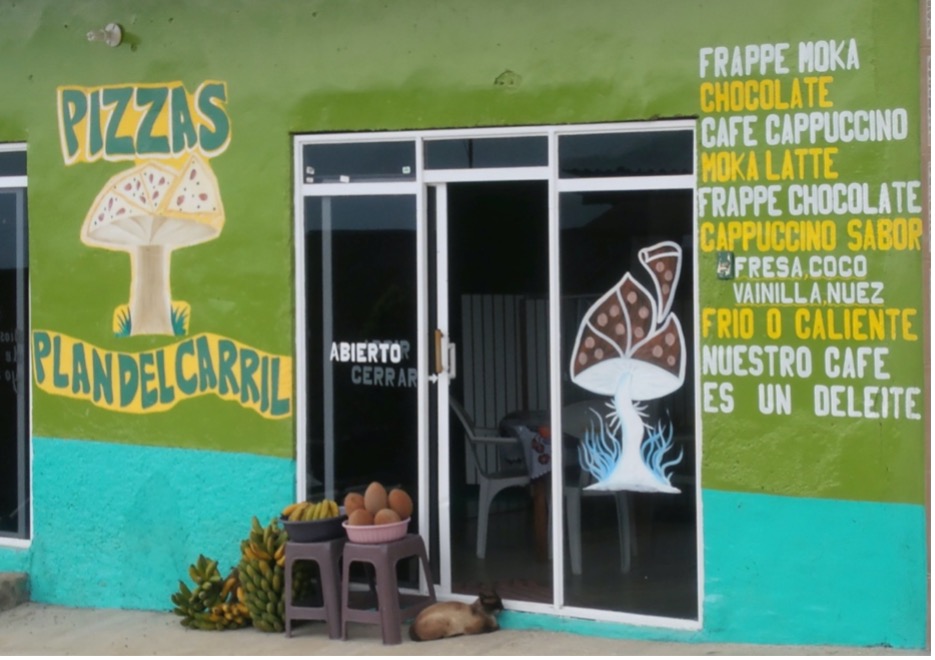
Anthropological knowledge about the social practice of psychoactive mushrooms should foster a broad debate that considers the uses of these substances without the stigma that they have had for centuries in most of our societies. At a national level, populations that have used these fungi or other psychoactive substances for generations must be included in discussions about their inevitable regulation; and also, their participation in the economic benefits that these changes can bring must be ensured.
Art by Mariom Luna.
References
Bartlett, A. & Williams, M. T. (2020 November 11). The cost of omission: Dr. Valentina Wasson and getting our stories right. Chacruna.net. https://chacruna.net/dr-valentina-wasson-and-getting-our-stories-right/
Benítez, F. (1964). Los hongos alucinantes [Hallucinogenic mushrooms]. México, DF: ERA.
Estrada, Á. (1979). Vida de María Sabina: la sabia de los hongos [Life of María Sabina: The Latin mushroom sage, México, DF: Siglo XXI.
Feinberg, B. (2017, March 24). Undiscovering Huautla: City of the magic mushrooms. Chacruna.net. https://chacruna.net/huautla-city-of-the-magic-mushrooms/#fn-1645-1
García de Teresa, M. (2019) Autenticidad étnica y autoridad científica: Una revisita del encuentro entre Gordon Wasson y María Sabina [Ethnic authenticity and scientific authority: A revisit of the meeting between Gordon Wasson and María Sabina]. Cultura en venta (pp. 243–279). Barcelona: Penguin Random House Grupo Editorial.
https://www.academia.edu/41171778/Autenticidad_%C3%A9tnica_y_autoridad_cient%C3%ADfica_Una_revisita_del_encuentro_entre_Gordon_Wasson_y_Mar%C3%ADa_Sabin
https://www.newalexandria.org/archive/MUSHROOMS%20RUSSIA%20AND%20HISTORY%20Volume%202.pdf
Lopez, R. A, Flores, I. G., & Alacantara, S. P. (2020, May 6). Mazatec perspectives on the globalization of psilocybin mushrooms. Chacruna. https://chacruna.net/mazatec-perspectives-on-the-globalization-of-psilocybin-mushrooms/
Montfort, R. P. & de Teresa, A. P. (Eds.). (2019). Cultura en venta. La razón cultural en el capitalismo contemporáneo en México y en América Latina [Culture for sale. Cultural reason in contemporary capitalism in Mexico and Latin America] México, DF: Penguin Random House.
Roberts, C. (2021, February 18). Proposed law would legalize magic mushrooms, MDMA, LSD, and other psychedelic drugs. Forbes. https://www.forbes.com/sites/chrisroberts/2021/02/18/proposed-california-law-would-legalize-most-psychedelic-drugs/?sh=7a1f0e6850a4
Wasson, R. G. (1957, June 10). Seeking the magic mushroom. Life Magazine. http://www.imaginaria.org/wasson/life.htm
Wasson, R.G. & Wasson, P V. (1957). Mushrooms, Russia and history, Volume II. New York City, NY: Pantheon Books.
Take a minute to browse our stock:
Did you enjoy reading this article?
Please support Chacruna's work by donating to us. We are an independent organization and we offer free education and advocacy for psychedelic plant medicines. We are a team of dedicated volunteers!
Can you help Chacruna advance cultural understanding around these substances?















